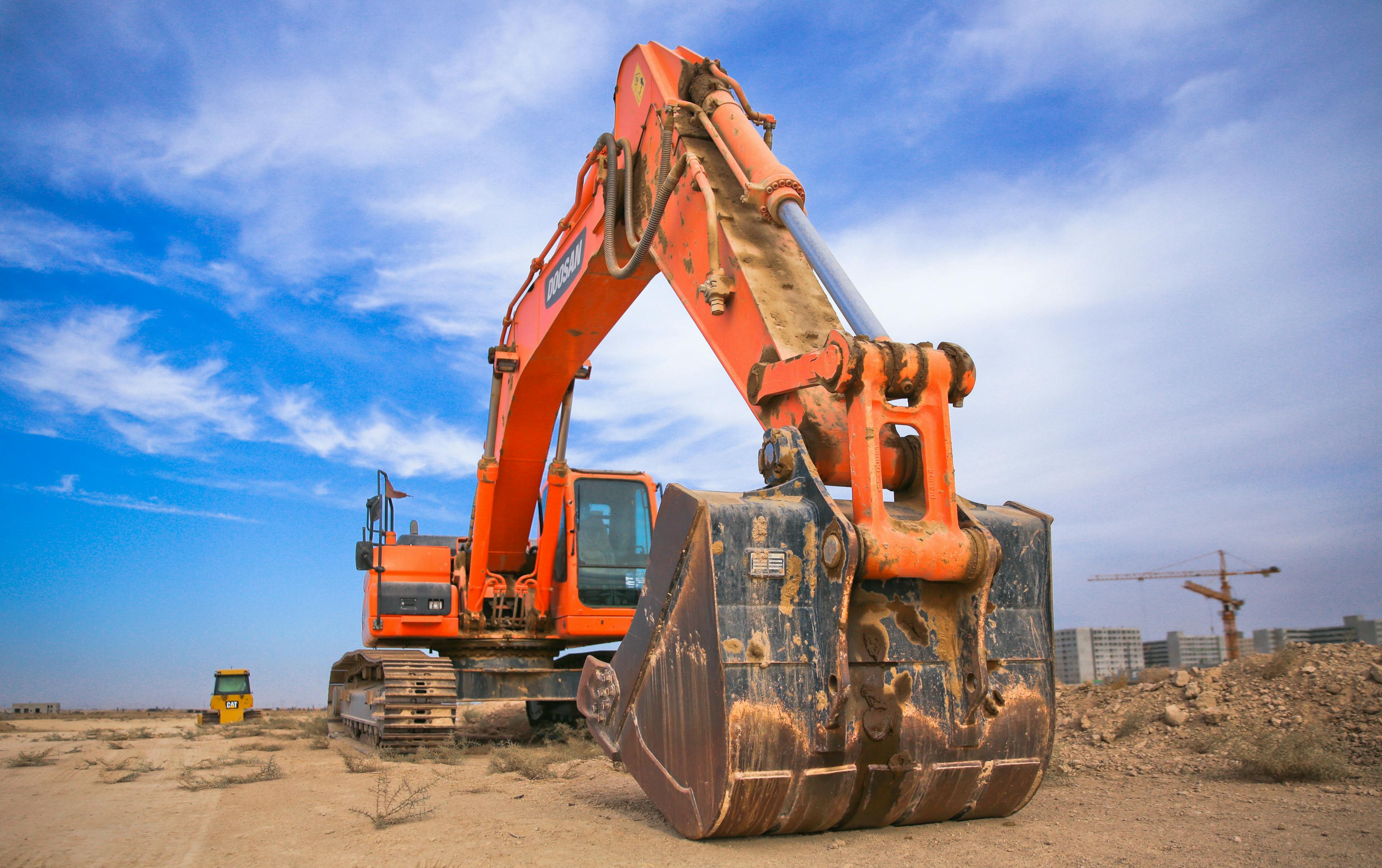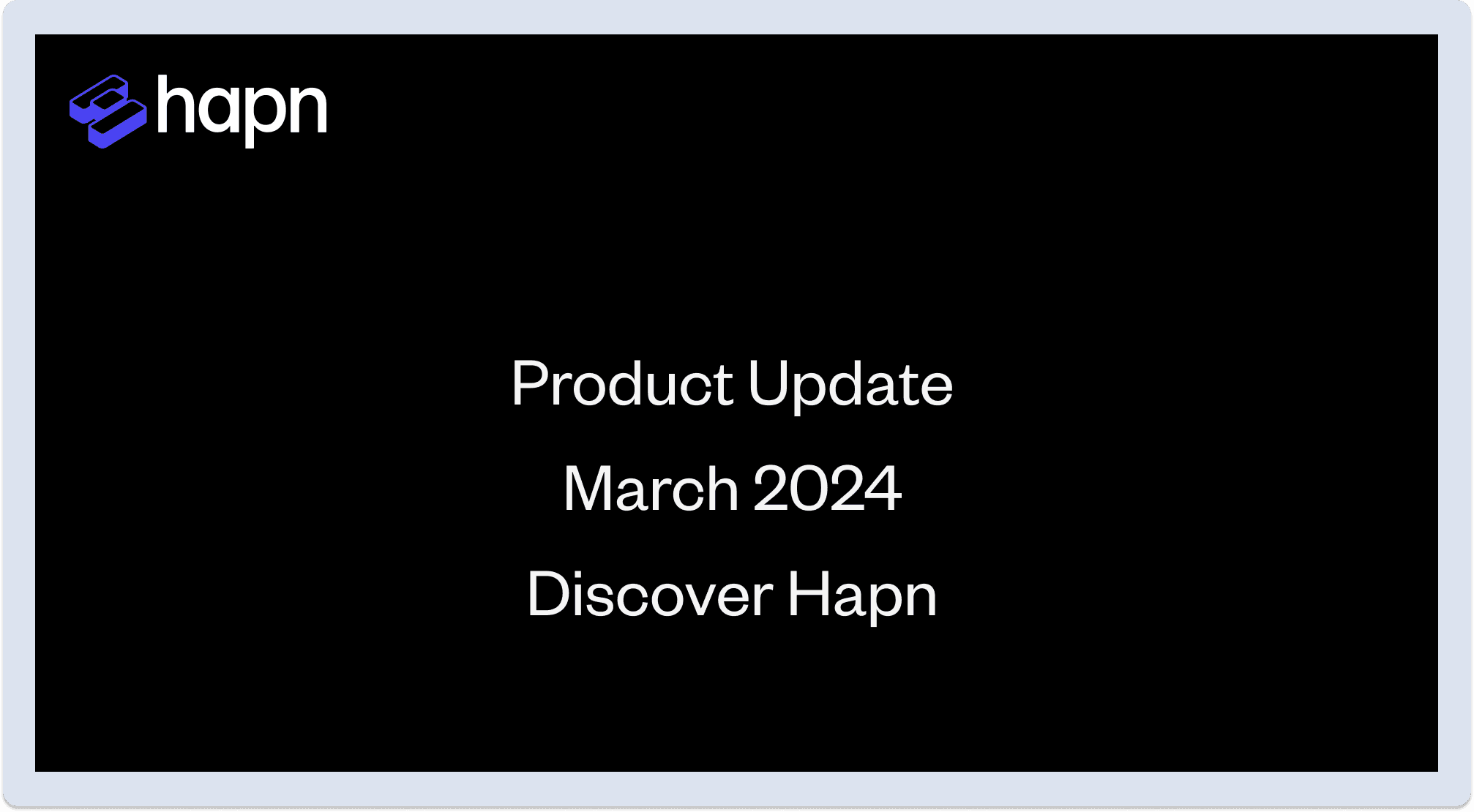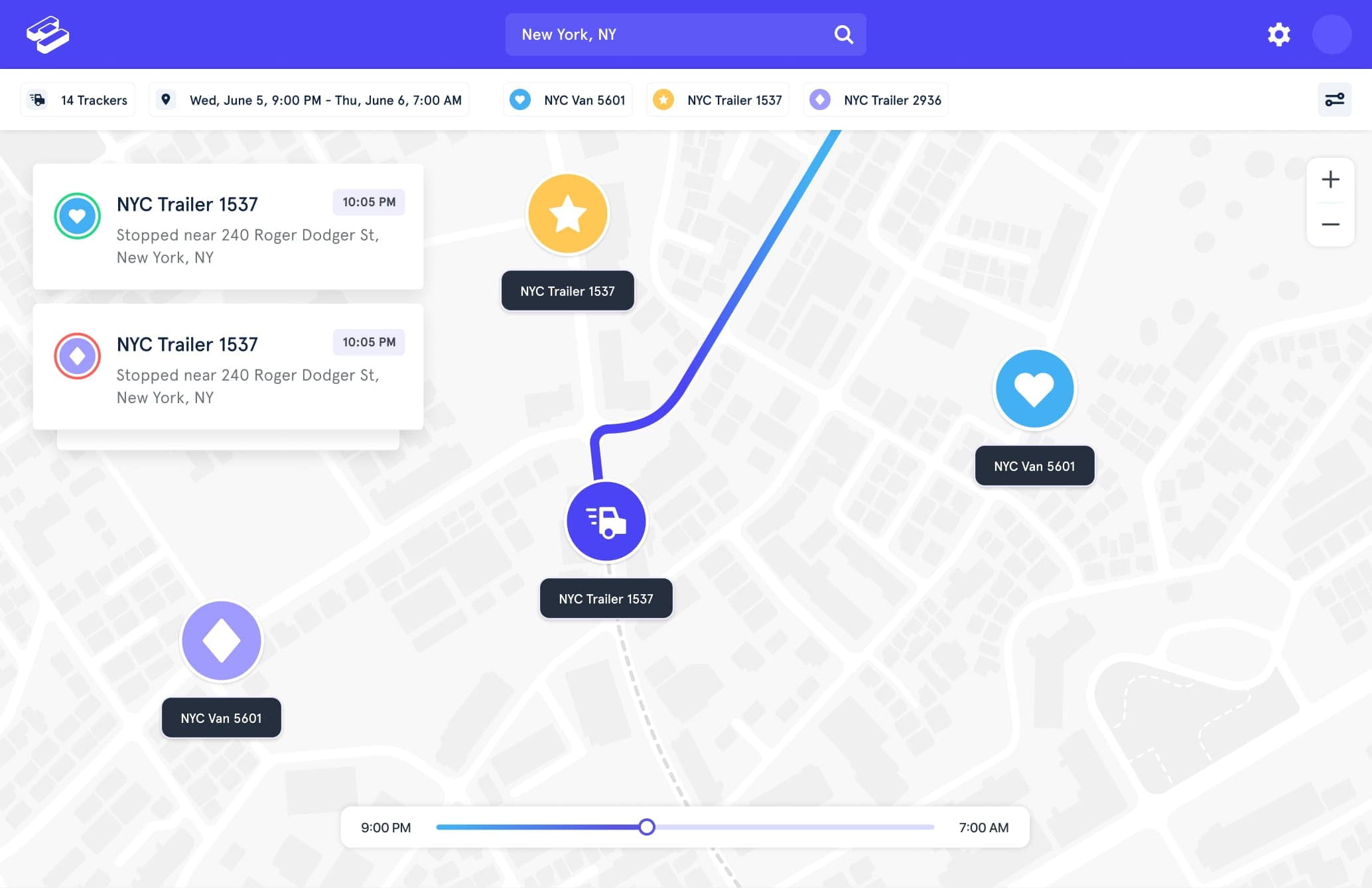Tools and equipment are the lifeblood of many businesses, especially those involved in the construction and service trades. So, knowing how to keep track of tools and equipment can mean the difference between project success and failure.
Keep reading as we review why tracking is essential, the role of inventory management in tracking, the importance of employee accountability, tracking best practices, and the benefits of implementing or upgrading a tracking system.
The Importance of Tracking Tools and Equipment
Knowing where your tools and equipment are is just one aspect of tracking. Tracking is also about maximizing what you already have to boost efficiency, reduce costs, and improve operational efficiency.
If you’ve ever had to rent or buy a tool (or piece of equipment) that you already own because you didn’t know where it was, you know what we’re talking about. Without an adequate tracking process, tools can end up missing, equipment sits underutilized, projects become delayed, and profits suffer.
Your bottom line takes a hit whenever tools or equipment aren’t accounted for. Just the simple act of locating a missing item is a waste of time and a drain on efficiency. Of course, it gets worse if missing or stolen tools or equipment need replacing. Unnecessary purchases burden every company.
What are Assets in the Construction Industry?
Before diving in further about tracking, let’s get a primary discussion of assets and construction out of the way. And in truth, assets (as we describe them) are applicable to many industries and companies.
At its most basic, “assets” for the construction industry cover everything from small handheld tools like hammers and screwdrivers to large heavy-duty equipment such as cranes and excavators. In addition, trucks and other vehicles are assets. And while computers and cell phones aren’t directly involved in putting up a building, these electronics can also be business assets.
But wait, there’s more. Assets also refer to construction materials. Lumbar, steel, and concrete are just some examples.
So, all of these assets play a vital role in helping a construction company get its work done. The effects of a missing asset can be minor (such as a misplaced hammer) or significant (like a crane that’s late arriving at a job site). In short, effective asset management is crucial to a well-run construction business.
And to be clear, assets also include buildings, bank accounts, investments, accounts receivable, and intellectual property. But we’ll assume you’ve already got a handle on keeping an eye on these things.
Methods for Tracking Tools and Heavy-Duty Equipment
How do you keep track of items now? Is it a haphazard approach involving an honor system among employees and a paper log? Or, are things more advanced thanks to barcodes and GPS trackers? Larger operations may even have an asset manager.
No two companies are alike, and neither are the ways they track tools and equipment. Now let's take a look at the different techniques. Some companies may employ more than one method, depending on their needs.
Paper Log
A sign-out sheet or log is tool and equipment tracking at its simplest. But you rely on the written details' accuracy. And the information is worthless if it isn’t updated.
If Joe didn’t record that he returned an air compressor and Bill didn’t mark that he took the same item to another job, locating this equipment can be difficult, if not impossible.
Asset Tags
A next-level tracking method involves asset tags. These are semi-permanent labels applied to tools, equipment, vehicles, and other items of importance (including cell phones and computers). Made of hard-to-destroy plastic or metal, each tag has an individualized inventory control number. Some companies use laser engraving instead of labels.
Unique numbering makes it easy to manage multiple quantities of small items, especially handheld tools. Each number can be used with a paper log or a more advanced system.
QR Codes/Barcodes
Tool and equipment tracking goes digital with QR codes or barcodes. These codes are added to asset tags enabling the tracked items to be scanned at various stages of use (check-out, return, out for repairs, etc.).
GPS Trackers
Paper logs, asset tags, and QR codes/barcodes all have one major drawback. They can’t tell you where a tracked item is in real-time. So while you may know that Mary signed out the arc welder, you have no idea where it is (unless you can track down Mary).
A GPS tracker is ideal for mid-sized tools, large equipment, vehicles, or anything where knowing their whereabouts is vital to your operation. These devices are theft deterrents and valuable for asset recovery, and real-time status information can also be very advantageous. For instance, a company with a single concrete pumper truck that travels between different job sites will want to know the vehicle's location and status. This is to ensure workers are on site and ready.
RFID Tags
RFID (radio frequency identification) tags use radio waves to transmit location data from the tag to a reader. Each tag has its own identifier, so think of this arrangement as a digital version of an asset tag. RFID tags are ideal for businesses with large inventories of tools and equipment to track. These devices are also useful for keeping an eye on materials and supplies.
However, unlike GPS trackers, RFID tags can only be used over short distances. Depending on the system, RFID tag tracking ranges from a few feet to a football field. Companies with warehouses, equipment rooms, and equipment yards are well-suited to RFID technology.
Asset Tracking Software
Digital tracking technologies are only as good as the software that backs them up. With QR codes and barcodes (and their scanners), you’ll need a platform that manages the information so it’s useful for each individual business. There are numerous off-the-shelf solutions available. Custom software is always an option. Similarly, RFID data needs to be readily accessible via a reader and supporting software.
GPS trackers rely on a separate platform for real-time location data (including live maping), geofencing capabilities, alerts and notifications, and other key features. This information may be accessible through a browser dashboard or mobile app. Advanced GPS software can also provide historical data, so it’s easy to learn where a particular asset has been. Some GPS tracker providers offer an API (application programming interface) that allows tracking data to be used in custom software.
Inventory Management's Role in Tracking Tools and Equipment
Inventory management is an overarching process, with tracking being one element. Let’s explore all the steps involved.
- Cataloging: Inventory management begins with knowing what you have and capturing this information in a logical and accessible manner. For some companies, paper logs and asset tags will do the trick. More expansive operations need digital solutions.
- Location: Knowing where the tools, equipment, vehicles, and other assets are is another fundamental aspect of inventory management. Nothing can happen with these items if they’re not locatable. A business with multiple objects to track will benefit from technological support from GPS trackers and RFID tags.
- Condition Awareness: Companies that use tools and equipment vulnerable to wear and tear will require a process to identify items that need repair or replacement. This can be accomplished through a regular inspection schedule that varies by item.
- Maintenance and Repair: While hammers and screwdrivers don’t usually need maintenance, vehicles and construction equipment certainly do. Part of the responsibility for having expensive and complex assets that wear down is preserving their value through regular upkeep. Once the inspection process identifies equipment in need of attention, inventory management ensures the work gets done. This can also mean identifying replacement assets so work is not interrupted.
Accountability for Employee Equipment Usage
Just as companies have expectations about how employees should behave and perform their duties, businesses need to set standards for how equipment gets used. Clear policies should define the responsibilities of employees that rely on company-owned equipment to get their jobs done. And tracking verifies that employees practice what they promise.
Personal tool and equipment tracking can ensure that laptops, cell phones, and other workplace gear are used with care and still in their possession. Meanwhile, professional tool and equipment tracking confirms that more elaborate and expensive items, such as vehicles and heavy equipment, are used within established guidelines. For instance, an employee might be responsible for operating a backhoe within professional standards, being alert for any equipment troubles, and advising the appropriate person if the machine needs repair.
There are other benefits to employee accountability for tools and equipment:
- Safety: Employees are responsible for providing safe equipment. So, staying on top of mechanical problems and other issues can minimize injury risk.
- Loss Prevention: Knowing that an employee is responsible for a valuable item will create a whole new outlook on how this person treats company equipment. The idea is to prevent loss, misuse, and theft.
- Culture: A culture of responsibility isn’t about overbearing and punishing policies but about creating a workplace that holds workers accountable for how they handle costly tools and equipment. It’s no different from setting expectations for how employees treat each other or customers.
Best Practices for Tracking Tools and Equipment
There’s a lot that goes into learning how to keep track of tools and equipment. However, a few techniques can make the process straightforward and effective.
Use a Standardized Tracking System
Consistency improves efficiency. Regardless of whether your company uses an analog setup (paper logs and asset tags) or a digital process (scanners, GPS trackers, RFID tags, and software), be certain everyone is on the same page.
Conduct a Regular Inventory
Even with digital resources, get into the habit of conducting a physical inventory of all tracked assets. Scans can get missed, and technology may not perform as expected.
Document Maintenance and Repair Activities
Recording when service work is performed on company equipment is also smart. You’ll know that gear is operating at peak efficiency and can incorporate these details into equipment replacement plans.
Train Employees
Make tool and equipment tracking a group activity by educating staff about your system. This strategy will reinforce their responsibilities and create a no-excuses approach to accountability.
Benefits of Tracking Tools and Equipment
Knowing how to keep track of tools and equipment will produce several benefits for your business. We’ve covered how keeping an eye on your company’s valuables helps promote safety and reduce loss and theft. Yet there are other advantages to consider.
We also touched on this briefly, but tracking tools and equipment enhances efficiency. Time is spent working, not looking for misplaced items. Further, using solutions like GPS tracking can ensure that essential equipment is where it should be when it needs to be there.
In addition, keeping a watchful eye on your company’s tools and equipment keeps costs in check through a maintenance program. Regular upkeep of expensive gear helps it last longer.
FAQs: How To Keep Track of Tools and Equipment
What’s the best way to track tools and equipment?
The ideal solution for overseeing company assets is the one that works best for your organization. A small enterprise may only need a paper-based tracking system, while a larger business could benefit from technology that includes GPS trackers and RFID tags.
Why do I need to maintain an inventory of tools and equipment?
A sufficient stock of tools and equipment will maximize worker efficiency (reduced waiting or downtime). At the same time, having enough gear will ensure that if one piece of equipment isn’t usable, you’ll have a backup that keeps the work on target.
How do I track construction tools and equipment?
Small items (like hand tools and power tools) are best tracked with asset tags, QR codes/barcodes, software, and rigorous employee accountability. Larger tools, equipment, and vehicles can benefit from RFID tags for localized monitoring and GPS trackers for real-time location information, asset recovery assistance, and historical data. Of course, being watchful of pricier equipment requires even more diligent employee accountability.



